
Original mesh, created by Gridgen
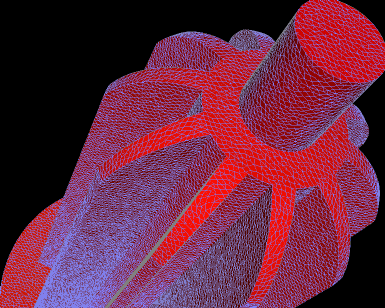
Remeshed mesh, created by YAMS/TetMesh
 Original mesh, created by Gridgen |
 Remeshed mesh, created by YAMS/TetMesh |
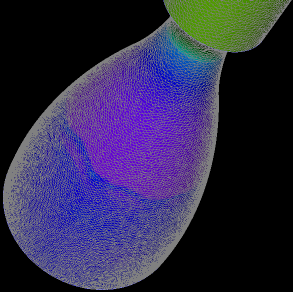 Original mesh |
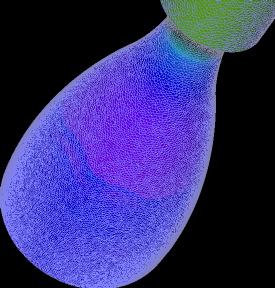 Remeshed mesh |
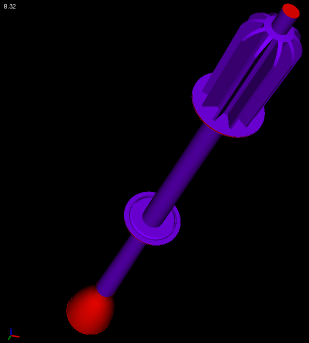
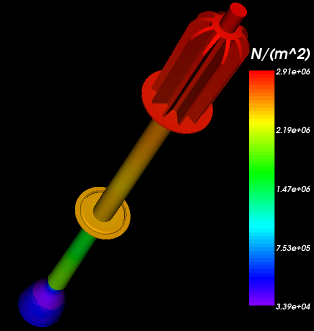
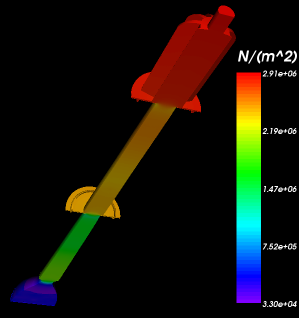 Original solution data: fluids pressure, with cutting plane. |
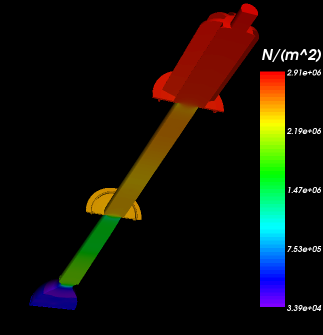 Transferred solution data: fluids pressure, with cutting plane. |